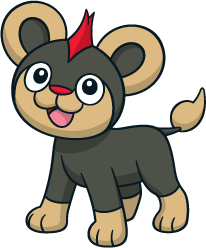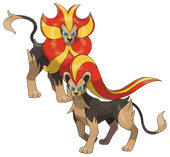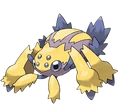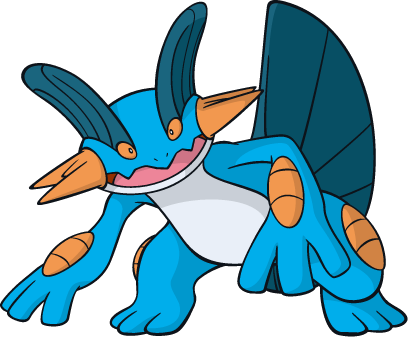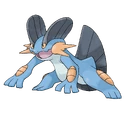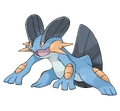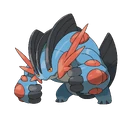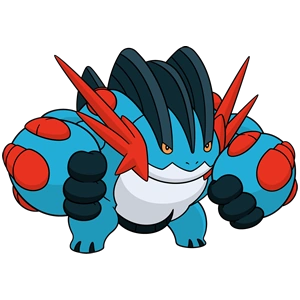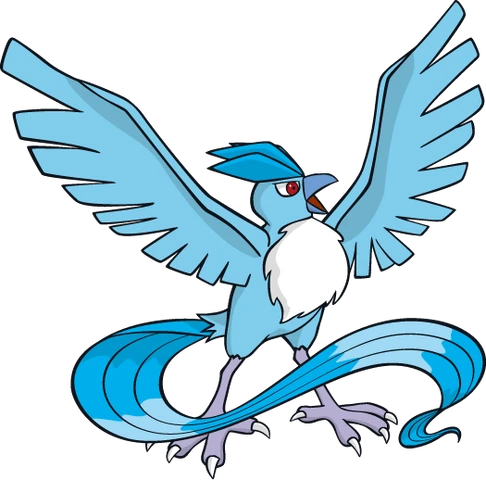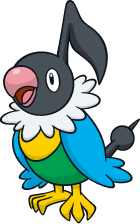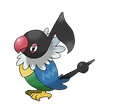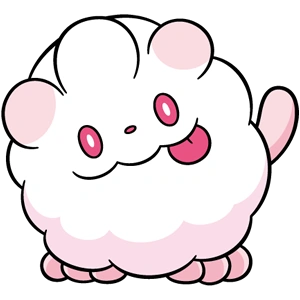Wobbuffet is a Psychic-type Pokémon introduced in Generation II. It is particularly known for its role in the anime, where it is a common gag that it comes out of its Poké Ball and shouts its name. It also known for being a very resistent Pokémon and for the low ways you can battle with it. It is known as the Patient Pokémon.
Wobbuffet is a combination of wobble and buffet, meaning that it wobbles constantly and shows in someway how tough this Pokémon is. It could also make reference when it is attacked, it will wobble and then buffet and hit harder. Its Japanese name is Sonans (ソーナンス), and it may be an homophone of the interjection sou nansu, that stands for That is the way it is. It plays with its pre-evolution's (Wynaut) Japanese name, which is Sohnano (ソーナノ), almost homophone with the phrase Sou nano?, that means Really? or Yes, no?. Together they form Really? That is the way it is, as shown in the fifth animated short.
Wobbuffet is known as the Pokémon that never attacks, only waits patiently for the opponent's attacks, to later return them with greater power. Wobbuffet seems to be based on a punching bag, due to its appearance and its way of receiving attacks. Even though, it is a somewhat clumsy Pokémon. They don't like anybody to see their tail, that's why they usually live in dark places like caves. If several Wobbuffet meet, they will compete to see which one is more resistent, by standing several days without eating.
Scientifics have studied this Pokémon for a long time, the curious part is that this reason is not clear, but many are interested in their form of attacking, but the biggest enigma is its tail, its physiology, form, why it hides it and the legends that talk about it.
Wobbuffet evolves from Wynaut at level 15. Both Pokémon are pure Psychic types. However, since Wynaut was introduced in Generation III, in Generation II Wobbuffet didn't have pre-evolution.

Wynaut | Level 15 | 
Wobbuffet |
Wobbuffet's learnset is limited to Counter, Mirror Coat, Safeguard and Destiny Bond. The first two are counterattack moves. If put two Wobbuffet in battle with Leftovers equipped, the battle would never end. Wobbuffet's ability (Shadow Tag) prevents other Pokémon from leaving the battle. At first, both Wobbuffet would use all their moves without hurting each other, until they start to use Struggle, but with the Leftovers, their health would never drop badly and the battle would never end.
Is there a Pokémon that you would like me to do?
